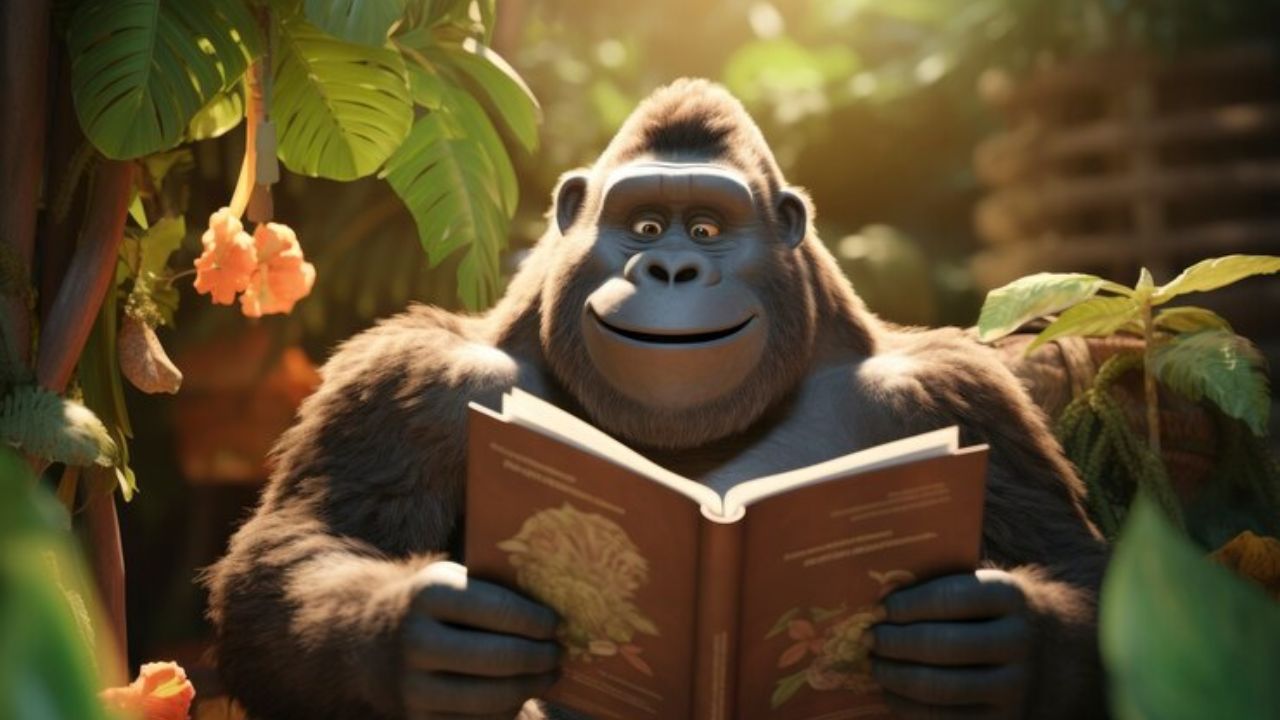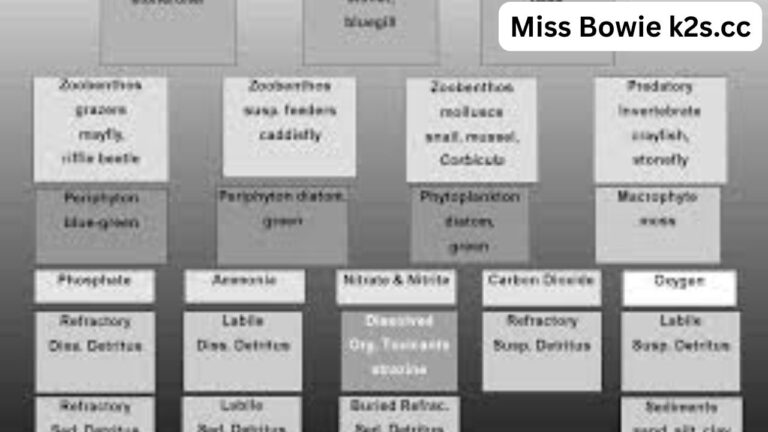Discover the Impact of a Zine About Endangered Animals on Conservation Efforts
In a world teeming with beauty and biodiversity, the quiet loss of endangered animals poses a stark reminder of humanity’s responsibility toward nature. This zine is more than just a creative endeavor—it’s a rallying cry to preserve the planet’s most vulnerable species. Through vibrant illustrations, stories of resilience, and actionable advice, a zine about endangered animals becomes a powerful tool for education and advocacy.
What Are Endangered Animals?
Endangered animals are species at risk of extinction due to natural or human-made factors. Habitat loss, climate change, poaching, and pollution have accelerated their decline. According to the International Union for Conservation of Nature (IUCN), species like the Amur leopard, vaquita porpoise, and Javan rhino teeter on the brink of extinction.
But why should we care? Besides their intrinsic value, endangered animals play a vital role in maintaining ecosystem balance, ensuring healthy environments for all life forms.
Why Create a Zine About Endangered Animals?
Zines—handmade or digital, self-published booklets—offer a unique platform to educate, inspire, and engage readers. The tactile experience of flipping through a zine, paired with striking visuals and heartfelt content, fosters a personal connection to the cause.
By combining art, science, and storytelling, a zine about endangered animals transcends traditional conservation methods, reaching audiences who may not typically engage with scientific reports or formal campaigns.
Spotlight on Endangered Species
The Majestic Amur Leopard
With only about 120 individuals left in the wild, the Amur leopard is one of the rarest big cats on Earth. Native to Russia and China, it faces threats from habitat destruction and poaching. Highlighting this species in a zine not only draws attention to its plight but also showcases the importance of cross-border conservation efforts.
Vaquita Porpoise: The Ocean’s Rarest Mammal
Found exclusively in the northern part of the Gulf of California, the vaquita porpoise faces extinction due to illegal fishing practices. Nets meant for totoaba fish often ensnare these gentle marine creatures, leading to devastating population declines.
Javan Rhino: A Testament to Survival
The Javan rhino, confined to a single national park in Indonesia, represents a fragile yet resilient species. A zine featuring this animal could explore its history, the challenges of preserving its habitat, and the hope offered by conservation programs.
The Role of Art in Conservation
Art has the power to move hearts and minds. In a zine about endangered animals, illustrations of species in their natural habitats, bold typography, and even collage work can make the content visually arresting.
For instance, an artist might sketch a snow leopard stalking through snowy peaks or create a vibrant watercolor of coral reefs teeming with life. Art not only educates but also evokes an emotional response, compelling readers to take action.
Storytelling: Giving Endangered Animals a Voice
Stories resonate deeply. Imagine flipping through a zine and reading a narrative from the perspective of an African elephant losing its herd or a sea turtle navigating polluted waters. Such storytelling humanizes the struggle of endangered animals, making their plight relatable and urgent.
Additionally, personal anecdotes from conservationists or indigenous communities can provide firsthand insight into the fight to save these species.
How Zines Inspire Change
Zines are inherently grassroots, often distributed at community events, libraries, or online platforms. A zine about endangered animals could feature sections like:
- DIY Conservation Tips: Simple actions readers can take, like reducing plastic use or planting native species.
- Interactive Pages: Space for readers to sketch their favorite animal or write a pledge to support conservation efforts.
- Actionable Resources: A list of organizations, petitions, and volunteer opportunities related to wildlife protection.
Practical Steps for Creating Your Zine
- Define Your Message: Focus on a theme, like rainforest species or marine life, to ensure cohesion.
- Research Thoroughly: Use credible sources like the IUCN Red List or World Wildlife Fund.
- Embrace Creativity: Experiment with layouts, colors, and mixed media.
- Print or Digital?: Decide whether to distribute your zine as a physical booklet or an eco-friendly PDF.
- Share Widely: Use social media, zine fairs, and conservation events to amplify your message.
Promoting Awareness Through Education
A well-crafted zine can serve as an educational resource in schools, libraries, and community centers. By collaborating with educators and conservationists, creators can ensure their zines are not only informative but also aligned with current environmental curricula.
Interactive activities, such as quizzes, crossword puzzles, or matching games featuring endangered animals, make learning fun while reinforcing key messages.
The Power of Community in Conservation
Zines often thrive in community spaces, and a zine about endangered animals can spark meaningful dialogue. Hosting workshops, zine swaps, or collaborative art projects fosters a sense of shared purpose.
For instance, a community might create a collective zine, with each participant contributing a page about their favorite endangered species. This not only raises awareness but also builds a network of passionate advocates.
Endangered Animals: The Heart of the Matter
At its core, a zine about endangered animals is an act of love—for wildlife, for the planet, and for future generations. It reminds us that every species matters, and every effort counts.
Whether you’re an artist, writer, or simply someone who cares deeply about the natural world, creating a zine is a way to channel your passion into action. Through this creative medium, we can amplify the voices of those who cannot speak for themselves and inspire a wave of change.
Conclusion
A zine about endangered animals isn’t just a booklet; it’s a beacon of hope. By combining creativity with conservation, you can make a lasting impact on your community and the world. So grab your pens, paper, and passion—and start creating!
FAQs
What is a zine?
A zine is a self-published, often handmade booklet that combines art, writing, and creativity to share a message or tell a story.
Why focus on endangered animals in a zine?
Endangered animals need our attention, and zines are an engaging way to educate, inspire, and mobilize people to take action for conservation.
How can I distribute my zine about endangered animals?
You can distribute your zine at local events, through social media, or via online platforms like Etsy or Gumroad.
What should I include in my zine?
Include information about endangered species, conservation tips, striking visuals, and interactive elements to engage readers.
Are zines eco-friendly?
Yes, especially when using recycled materials for physical copies or opting for digital formats to reduce waste.
Can children create zines about endangered animals?
Absolutely! Zines are an excellent way for kids to express their creativity while learning about wildlife conservation.







